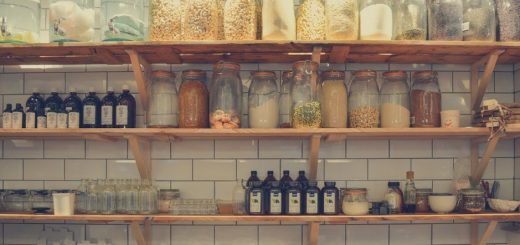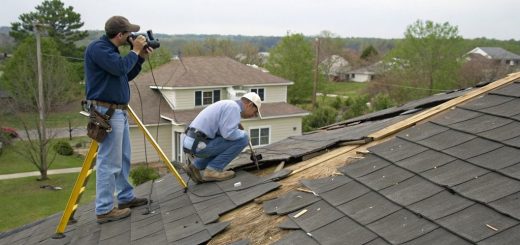Samsung Dryer Not Heating? A Troubleshooting Guide
It’s a frustrating experience—you load your Samsung dryer with wet laundry, hit the start button, and expect a cycle of warm, drying air. Instead, your clothes come out damp or stone-cold. A dryer that won’t heat is a common problem, but that doesn’t make it any less annoying.
Before you call a repair technician, there are simple, cost-effective steps you can take to diagnose and potentially fix your Samsung dryer’s heating issue. This article will guide you through these steps and help you get your dryer back in working order.
Understanding Why Dryers Stop Heating

Several things could prevent your Samsung dryer from producing heat. These include:
- Faulty Heating Element: The heating element is the heart of your dryer’s heating system. Like a light bulb filament, it can break or wear out over time, leading to lost heat.
- Blown Thermal Fuse: The thermal fuse is a safety device. If your dryer overheats, it will trip the fuse, cutting off power to the heating element to prevent a fire.
- Defective Thermostat/Thermistor: These components regulate the dryer’s temperature. A faulty thermostat or thermistor could send incorrect signals, causing the dryer to stop heating.
- Clogged Lint Trap or Vent: Excessive lint buildup can block airflow, resulting in overheating and the thermal fuse tripping. A clogged dryer vent severely restricts airflow, causing similar problems.
Troubleshooting Steps
Now let’s address these issues one by one. Remember to follow safety precautions:
- Unplug the Dryer: Always prioritize safety. Disconnect your Samsung dryer from the power source before starting any troubleshooting.
- Check the Lint Trap: Ensure the lint trap is clean before every cycle. Remove any built-up lint and wipe the filter.
- Inspect the Dryer Vent: Go outside and check your dryer’s external vent. Clear away any debris, lint, or obstructions. Consider a full vent cleaning if there’s severe blockage.
- Run a Test Cycle: Plug your dryer back in. If you’ve cleared the lint trap and vents, a restricted airflow issue may have resolved itself. Run a short test cycle to see if the problem persists.
- Reset Your Dryer: Sometimes, like many appliances, a simple reset can clear minor glitches. Unplug the dryer for a few minutes, then plug it back in.
Checking Internal Components
If the problem remains, you’ll need to investigate the internal components of your dryer. Here’s how:
- Accessing the Components: Refer to your Samsung dryer’s manual for instructions on disassembling it and accessing the heating element, thermal fuse, thermostat, and thermistor. You can find many model-specific online guides and videos.
- Check the Heating Element: Look for warping, breaks, or signs of burning on the heating element. You can test it for continuity (checking if it has a complete electrical circuit) with a multimeter.
- Check the Thermal Fuse: Like the heating element, use a multimeter to check the thermal fuse for continuity. If it fails the continuity test, it needs replacing.
- Check Thermostat and Thermistor: Thermistors change resistance based on temperature, while thermostats act like switches that turn on and off. Use a multimeter to test their functionality as per your dryer’s specific instructions.
Replacement Tips
- Find the Right Parts: Refer to your Samsung dryer’s user manual or the manufacturer’s website to identify the correct replacement parts. Make sure to find parts specifically made for your model.
- Follow Online Tutorials: Many DIY repair videos are available online that can guide you through the replacement process.
- Handling Wires: Take photos or label wires before disconnecting them. This makes re-assembly easier.
When It’s Time to Call a Pro
While DIY can be tempting, here’s when a professional might be necessary:
- Complexity: If you’re uncomfortable disassembling your dryer or testing electrical components, it’s best to call a technician.
- Gas Dryers: Gas dryers involve an extra safety layer due to the gas line. Leave repairs to qualified professionals.
- Warranty: Consult your dryer’s warranty. Many repairs might be covered if it is still active.
Let me know if you’d like more detailed instructions for any of the steps above!
















